The Bellamy Mansion Negro house
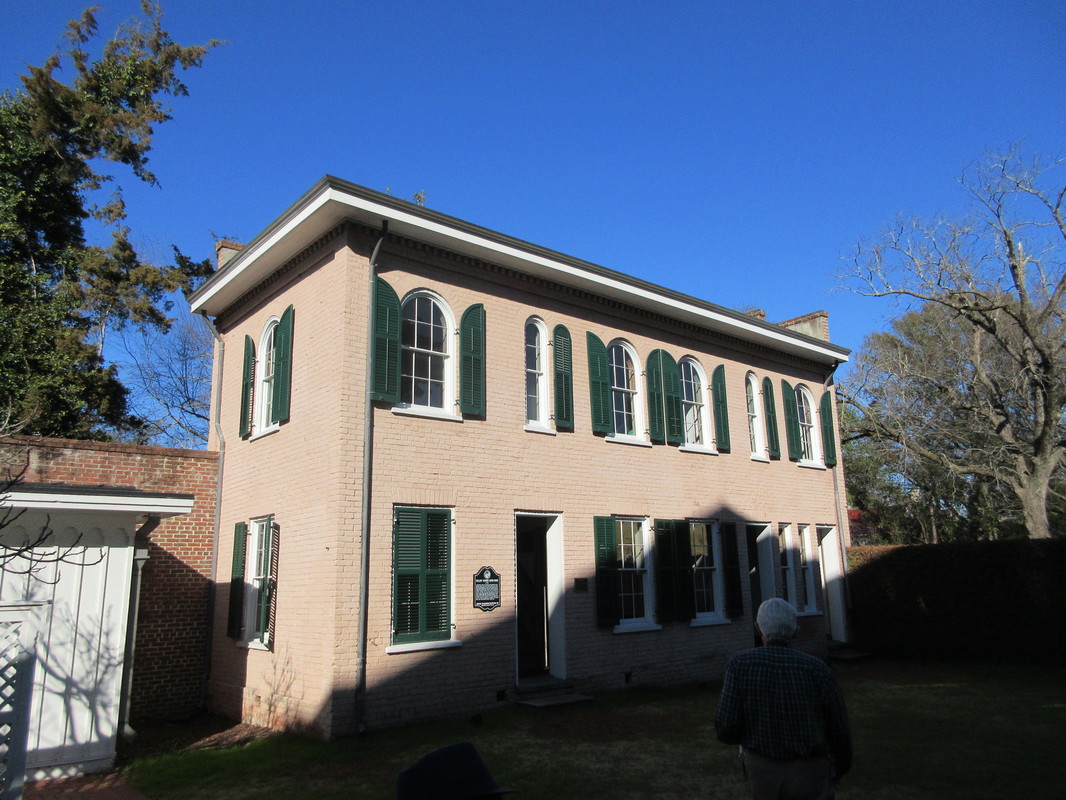
a "The past is never dead. It's not even past." William Faulkner
While on Study Leave from my church, taking a break from reading, I had the chance to visit the stunning Bellamy Mansion in Wilmington, North Carolina. The city of Wilmington is a gracious southern urban center, an oasis, rich in history and culture. It is the kind of place to encounter the beauty, tragedy and complexity of the unfolding American story articulated in beautiful architecture.
I am a great lover of Victorian architecture in all of its forms and I can never resist a chance to visit a house museum. Traipsing through the rooms I like to imagine the life and times of their former occupants. Of all of the houses I've visited over the years, this one was unique in having a well preserved building for the household staff. Being a house in the south means that some of its inhabitants were enslaved and that is true of the Bellamy Mansion.
The curious little building behind the mansion was described as the finest examples of a "Negro House" which is a sort of dependency that would have housed the senior household staff: the cook, bulter, laundress and coachmen, etc. The Negro House as the photo above shows is well within the shadow of the mansion. There is a small yard that separates the two buildings, but the contrast between the gleaming white mansion and the subdued dependency couldn't be pronounced, and that is especially true when one considers the lives of their respective occupants.
The building itself seemed very sturdy, it is in the Italianate style, like the mansion it serves, but it is entirely pared down, with very little in way of ornimentation, but in that sense it was stronger in a way. It had a steep stairway and very narrow little rooms. Both the Negro House and Mansion were built by enslaved people.
While the inhabitants in the Negro House might have had a better life as slaves in the city, better than their country house and field counterparts, they were still enslaved. Their full humanity was denied and their potential was brutally repressed and their freedom taken away. As a minister I am always asking myself "where is the holy in this?" and how will God show up here in this mess? It is hard to discern any good as it relates the institution of Slavery. Slavery is always bad-period.
The tour offered opportunities for reflecting on the past and its strange mix of grandeur and brutality, humiliation and hope. If there is grace, which is God presence, in any of this, it has to be found in the hope of Sarah Sampson.
Sarah was the enslaved cook and head housekeeper during the Civil War period. I am sure everyday as the war moved closer and closer to Wilmington, she must've imagined a time when she might be free to choose how to live her life, or at least a time when her children, or their children, or their children's children, might be free to choose. Perhaps they would deside to be servants in a great townhouse, or they might choose to work in the building trades, or maybe to be minister in a New England church. The never ending hope for freedom is the spark of the holy that we all so desperately need.
May Sarah's memory, and the memory of all those like her be a blessing forever.
While on Study Leave from my church, taking a break from reading, I had the chance to visit the stunning Bellamy Mansion in Wilmington, North Carolina. The city of Wilmington is a gracious southern urban center, an oasis, rich in history and culture. It is the kind of place to encounter the beauty, tragedy and complexity of the unfolding American story articulated in beautiful architecture.
I am a great lover of Victorian architecture in all of its forms and I can never resist a chance to visit a house museum. Traipsing through the rooms I like to imagine the life and times of their former occupants. Of all of the houses I've visited over the years, this one was unique in having a well preserved building for the household staff. Being a house in the south means that some of its inhabitants were enslaved and that is true of the Bellamy Mansion.
The curious little building behind the mansion was described as the finest examples of a "Negro House" which is a sort of dependency that would have housed the senior household staff: the cook, bulter, laundress and coachmen, etc. The Negro House as the photo above shows is well within the shadow of the mansion. There is a small yard that separates the two buildings, but the contrast between the gleaming white mansion and the subdued dependency couldn't be pronounced, and that is especially true when one considers the lives of their respective occupants.
The building itself seemed very sturdy, it is in the Italianate style, like the mansion it serves, but it is entirely pared down, with very little in way of ornimentation, but in that sense it was stronger in a way. It had a steep stairway and very narrow little rooms. Both the Negro House and Mansion were built by enslaved people.
While the inhabitants in the Negro House might have had a better life as slaves in the city, better than their country house and field counterparts, they were still enslaved. Their full humanity was denied and their potential was brutally repressed and their freedom taken away. As a minister I am always asking myself "where is the holy in this?" and how will God show up here in this mess? It is hard to discern any good as it relates the institution of Slavery. Slavery is always bad-period.
The tour offered opportunities for reflecting on the past and its strange mix of grandeur and brutality, humiliation and hope. If there is grace, which is God presence, in any of this, it has to be found in the hope of Sarah Sampson.
Sarah was the enslaved cook and head housekeeper during the Civil War period. I am sure everyday as the war moved closer and closer to Wilmington, she must've imagined a time when she might be free to choose how to live her life, or at least a time when her children, or their children, or their children's children, might be free to choose. Perhaps they would deside to be servants in a great townhouse, or they might choose to work in the building trades, or maybe to be minister in a New England church. The never ending hope for freedom is the spark of the holy that we all so desperately need.
May Sarah's memory, and the memory of all those like her be a blessing forever.
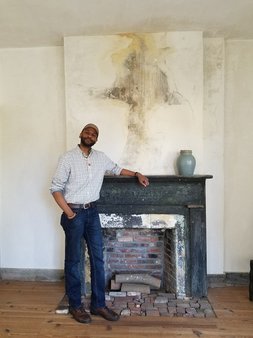
I am standing in what might have been Sarah Sampson room in the Negro House. And as I do I call to mind the line from a famous poem.
...Bringing the gifts that my ancestors gave, I am the dream and the hope of the slave. I rise
-Maya Angelou
...Bringing the gifts that my ancestors gave, I am the dream and the hope of the slave. I rise
-Maya Angelou
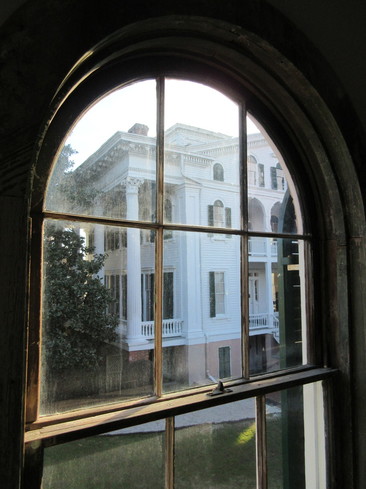
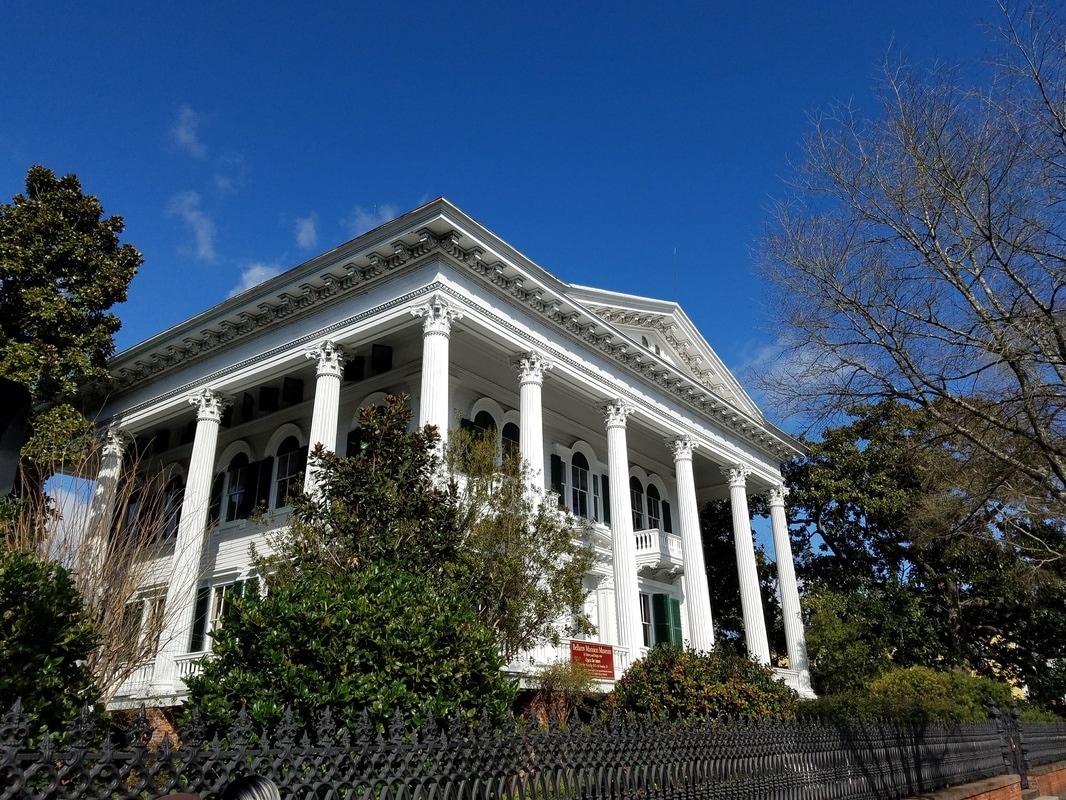
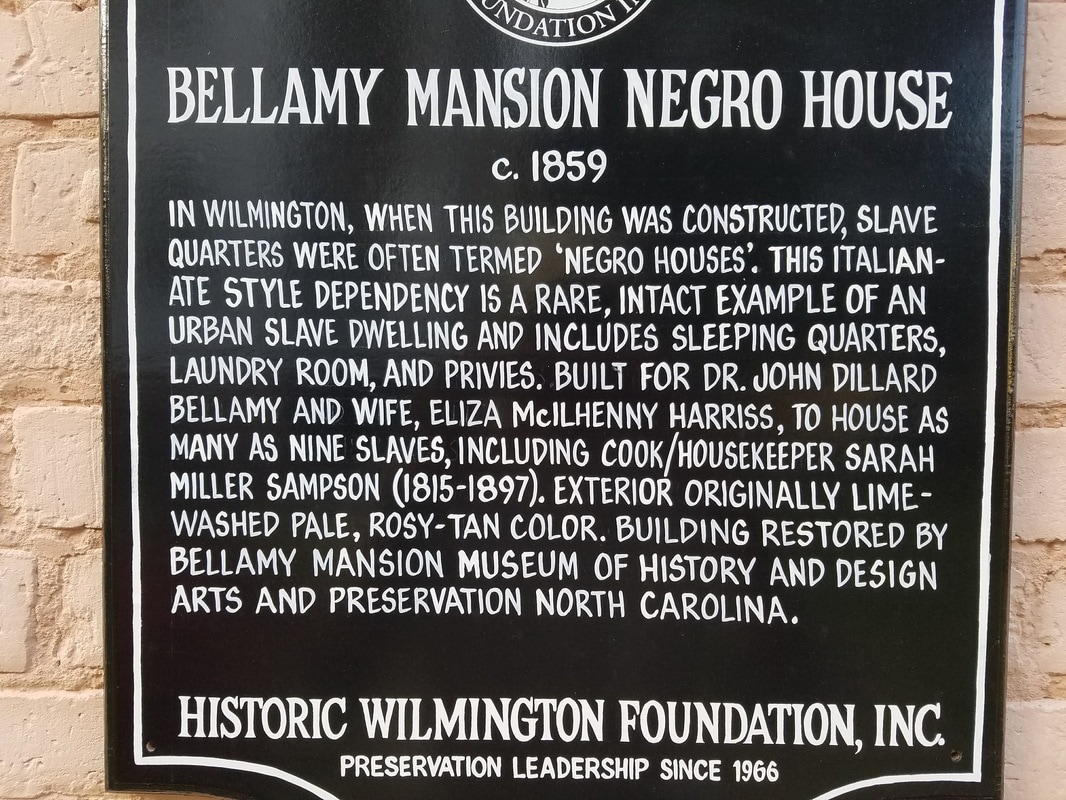
 RSS Feed
RSS Feed